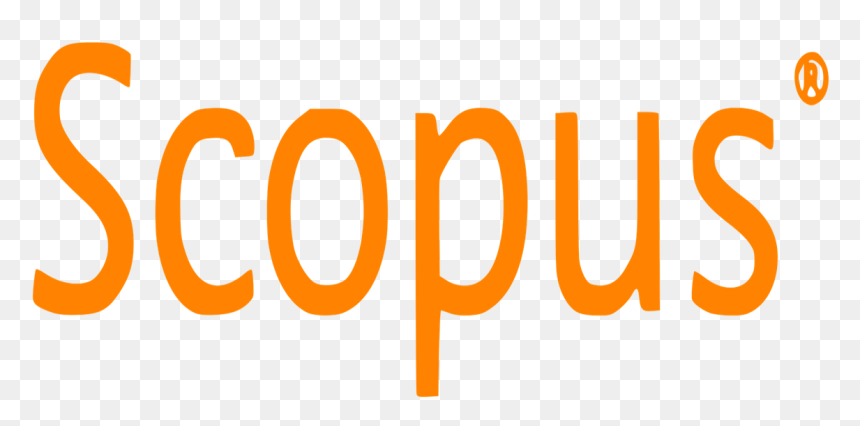Green Building Unit 2.0. Construction system of phytoremediation for industrial and commercial zones in Colombia
DOI:
https://doi.org/10.17981/mod.arq.cuc.28.1.2022.07Keywords:
phytoremediation, biophilia, sustainable construction, purification, architectural designAbstract
Air pollution is one of the main environmental problems in cities and industrial areas, among some of the sources we can mention the use of fossil fuels, emissions from industries and mining. In Colombia, air pollution prevention and control policies include tax incentives (Pedraza, 2015), which can be accessed through the use of sustainable buildings that demonstrate a positive impact, promoting the search for techniques or methods to control and measure air pollution.
This project promotes the development of new sustainable construction techniques to control air pollution through the implementation of a phytoremediation system, that is, through plants that allow purification to generate pleasant environments or environments for people. At the same time, the residue of the rice husk is used to improve the physical and mechanical properties of the construction units, complying with the construction regulations. The installation process of the constructive unit is made from a concrete block which part of the sand is replaced with rice husk ash and by modulating the blocks it forms a vertical garden.
The system works like the natural lungs of the planet, capable of absorbing, metabolizing or stabilizing the pollutants present in the air of the different living and commercial spaces.It also has hidden irrigation subsystems, it has cavities for planting the plants and it has with a monitoring subsystem through sensors for the maintenance and visualization of data in the cloud.
The project methodology consisted of 4 phases; Initially, a group of local plants capable of purifying the air were selected, then an irrigation system was developed that is hidden in the cavities of the Green Construction Unit, later a mixture is designed to improve the block by implementing the ash of the rice husk, and finally a monitoring subsystem was developed for the maintenance and supervision of the performance of each wall in the city.
The new Green Construction Unit is installed in the different environments of the city of Barranquilla, a total of 19.9 m2 of UCV 2.0 operating and fulfilling the main objective of cleaning 13,134 tons of harmful gases per year.
The monitoring system could be installed on the company's wall and is currently transmitting the data to the server of the web application that is already developed.
Downloads
References
Dodge Data & Analytics. (2018). World Green Building Trends 2018. [SmartMarket Report]. Bedford: Carrier. Available: https://www.worldgbc.org/sites/default/files/World%20Green%20Building%20Trends%202018%20SMR%20FINAL%2010-11.pdf
Delgadillo-López, A., González-Ramírez, C. Prieto-García, F., Villagómez-Ibarra, J. y Acevedo-Sandoval, O. (2011). Fitorremediación: Una alternativa para eliminar la contaminación. Tropical and Subtropical Agroecosystems, 14, 597–612. Disponible en https://www.revista.ccba.uady.mx/ojs/index.php/TSA/article/view/814
ICONTEC. (1997). Ingeniería civil y arquitectura. Unidades (bloques y ladrillos) de concreto, para mampostería no estructural interior y chapas de concreto. [Norma NTC 4076]. Recuperado de https://repository.ugc.edu.co/bitstream/handle/11396/4017/Anexo%207%20NTC-4076.pdf?sequence=8&isAllowed=y
Navarro, J. (2013). Los jardines verticales en la edificación. [Trabajo Máster]. Universitat Politétnica de Valéncia, Valencia, España. Recuperado de https://riunet.upv.es/bitstream/handle/10251/33814/TFM%20JUAN%20NAVARRO.pdf
OMS. (26 de mayo de 2015). Salud y medio ambiente: impacto sanitario de la contaminación del aire. [68.ª Asamblea Mundial de la Salud]. Recuperado de https://apps.who.int/gb/ebwha/pdf_files/WHA68/A68_R8-sp.pdf
ONU. (2019, Ene. 3). En busca de la extracción sostenible de arena. UNEP. Disponible en https://www.unep.org/es/noticias-y-reportajes/reportajes/en-busca-de-la-extraccion-sostenible-de-arena
Páez, C. (2018). Propiedades del hormigón hidráulico y diseño de mezclas. [Unidad]. Universidad Militar Nueva Granada, Bogotá, D.C., Colombia. Disponible en http://virtual.umng.edu.co/distancia/ecosistema/odin/odin_desktop.php?path=Li4vb3Zhcy9pbmdlbmllcmlhX2NpdmlsL3RlY25vbG9naWFfZGVsX2NvbmNyZXRvX3lfbGFib3JhdG9yaW8vdW5pZGFkXzIv
Pedraza, L. J. (2015). La biodepuración del aire con plantas purificantes y Ornamentales, como alternativa ambiental en el siglo XXI. [Trabajo grado]. Universidad Distrital Francisco José De Caldas, Bogotá, D.C., Colombia. Disponible en https://repository.udistrital.edu.co/handle/11349/3767
Ramírez A. (2020). La construcción sostenible. Física y Sociedad, (13), 30–33. Recuperado de https://www.cofis.es/pdf/fys/fys13/fys13_30-33.pdf
República de Colombia. MinAmbiente. (2018). Informe del estado de la calidad del aire en Colombia 2018. Bogotá, D.C.: IDEAM. Recuperado de http://www.andi.com.co/Uploads/Informe%20estado%20calidad%20del%20aire%202018.pdf
Sierra, J. (2009). Alternativas de aprovechamiento de la cascarilla de arroz en Colombia. [Monografia]. Universidad de Sucre, Sincelejo, Colombia. Recuperado de https://repositorio.unisucre.edu.co/bitstream/handle/001/211/333.794S571.pdf?sequence=2&isAllowed=y
Solano, I. (2019). Que es un Jardín vertical: Evolución y beneficios. [Curso de jardinería vertical]. Universidad de los Andes, Bogotá, D.C., Colombia. Disponible en https://www.jardinesverticales.es/que-es-un-jardin-vertical/
WorldGBC. (2018). Nuevo Informe de Tendencias. Globales Construcción Sostenible. Chicago: Dodge data. Disponible en: https://www.worldgbc.org/sites/default/files/Spanish%20_News%20story%20World%20Green%20Building%20Trends%202018%20final%20.pdf

Published
How to Cite
Issue
Section
License
Copyright (c) 2021 MÓDULO ARQUITECTURA CUC

This work is licensed under a Creative Commons Attribution 4.0 International License.
CC Reconocimiento-NoComercial-SinObrasDerivadas 4.0


 English
English
 Español (España)
Español (España)






